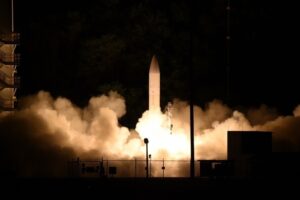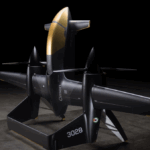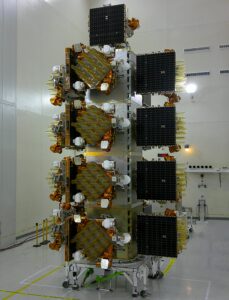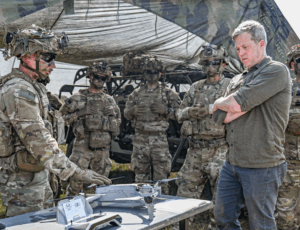
The Army won't field its first operational Long Range Hypersonic Weapon (LRHW) battery with live rounds until fiscal year 2025 due to delays, the Government Accountability Office said in a new report. The projection is “based on current test and missile production plans,” GAO said, noting the Army has faced “integration challenges” with LRHW that led it to miss its initial goal for fielding by the end of FY ‘23. “According to the Army, the LRHW program is committed to…

 By
By 











